An effective oil spill kit is essential for managing spills and preventing environmental damage. Key components...

How do safety mirrors improve blindspot visibility in different settings?
Enhancing Visibility and Safety: The Impact of Safety Mirrors in Various Settings
Safety mirrors, often referred to as blindspot mirrors or convex mirrors, play a crucial role in enhancing visibility and safety in various settings. Whether on the road, in industrial facilities, or within retail establishments, these mirrors are invaluable tools for minimising blind spots and preventing accidents. In this article, we will explore how safety mirrors improve blindspot visibility in different settings.
Road Safety
One of the most common and vital applications of safety mirrors is in road safety. For drivers, blind spots can pose a significant hazard when changing lanes or merging onto highways.
Safety mirrors are strategically placed on the side mirrors of vehicles to provide a wider field of view. These convex mirrors allow drivers to see vehicles and objects that may be lurking in their blind spots, reducing the risk of accidents caused by sudden lane changes or merging manoeuvres.
Industrial Settings
In industrial and warehouse environments, safety is of paramount importance. Large machinery, equipment, and high traffic areas can create blind spots that are potentially hazardous to workers. Safety mirrors, strategically positioned at intersections, blind corners, and loading docks, improve visibility and help employees navigate these areas safely. This not only prevents accidents but also enhances overall productivity by reducing downtime due to injuries.
Parking Lots and Garages
Navigating a crowded parking lot or tight parking garage can be a challenging task, especially for larger vehicles. Safety mirrors installed at key points within these spaces provide drivers with a better view of their surroundings. This improved visibility minimises the risk of collisions with pedestrians and other vehicles and reduces the occurrence of fender benders in confined spaces.
Retail Stores and Surveillance
In retail establishments, safety mirrors serve a dual purpose. First, they enhance security by acting as a deterrent to shoplifting and other illicit activities. Second, they improve visibility for both customers and staff, reducing blind spots and helping to monitor store activity effectively. This added visibility contributes to a safer shopping environment while also safeguarding merchandise and assets.
Healthcare Facilities
Safety mirrors also find their place in healthcare settings, particularly in hospitals and nursing homes. The corridors and hallways of these facilities often have blind corners and intersections where staff may need to move quickly, pushing patients in wheelchairs or beds. Safety mirrors placed strategically in these areas improve visibility, allowing healthcare professionals to navigate safely and efficiently while providing optimal care to patients.
Public Transportation
Public transportation vehicles, such as buses and trams, have blind spots that can be dangerous for both drivers and pedestrians. Safety mirrors on these vehicles expand the field of vision for drivers, enabling them to spot pedestrians, cyclists, and other vehicles in their vicinity. This enhanced visibility contributes to safer journeys for passengers and road users.
In conclusion, Safety mirrors are versatile tools that enhance visibility and safety in various settings, from roadways to industrial facilities, parking lots to retail stores, healthcare facilities to public transportation. By reducing blind spots and providing a wider field of view, these mirrors play a vital role in preventing accidents, protecting assets, and ensuring the well-being of individuals in different environments. As technology continues to evolve, safety mirrors will likely become even more effective in enhancing visibility and safety, making them an essential component in various settings for years to come.


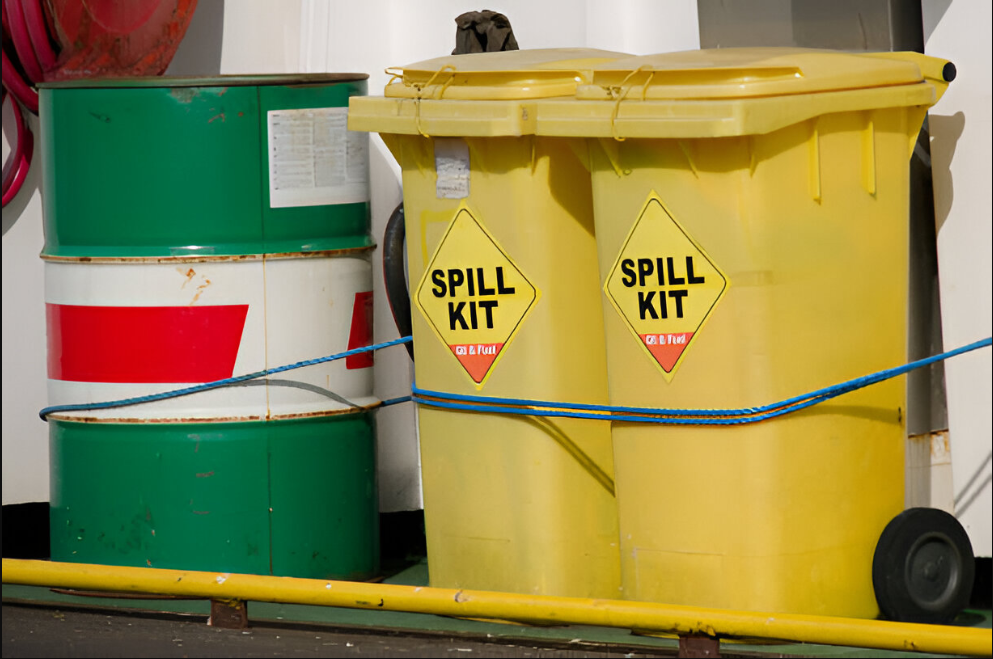
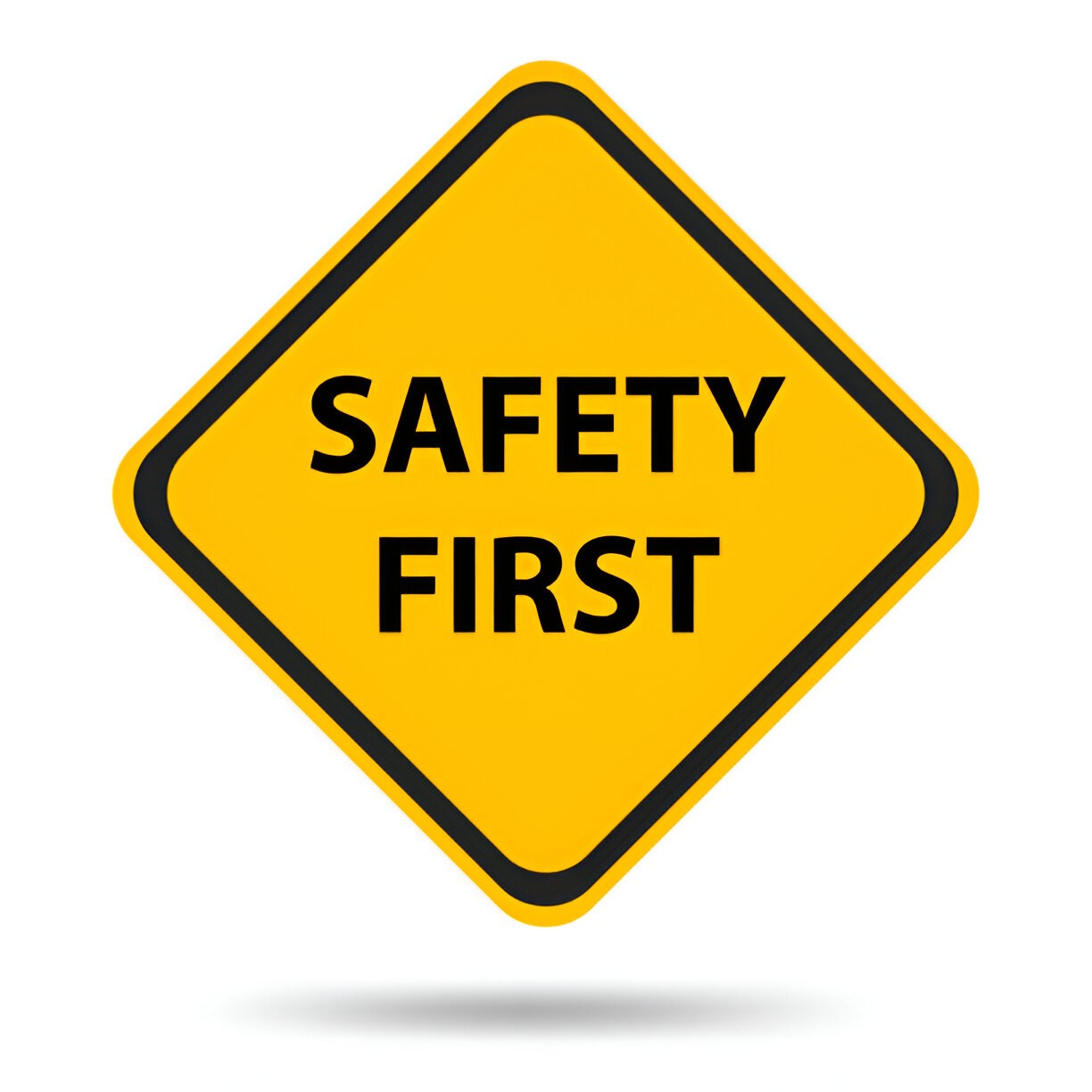

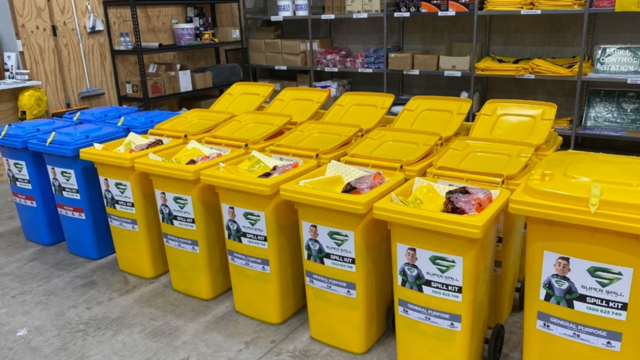
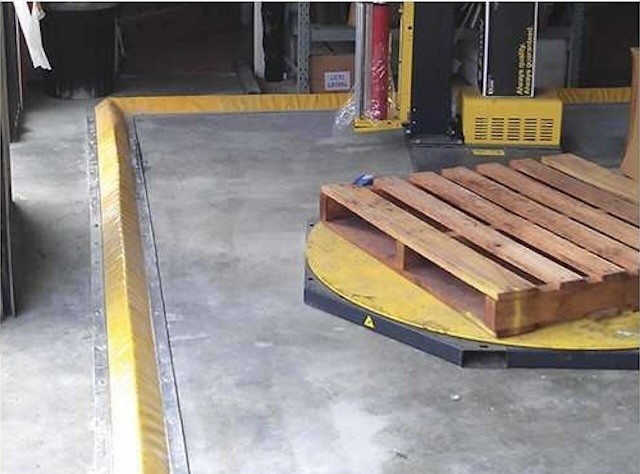
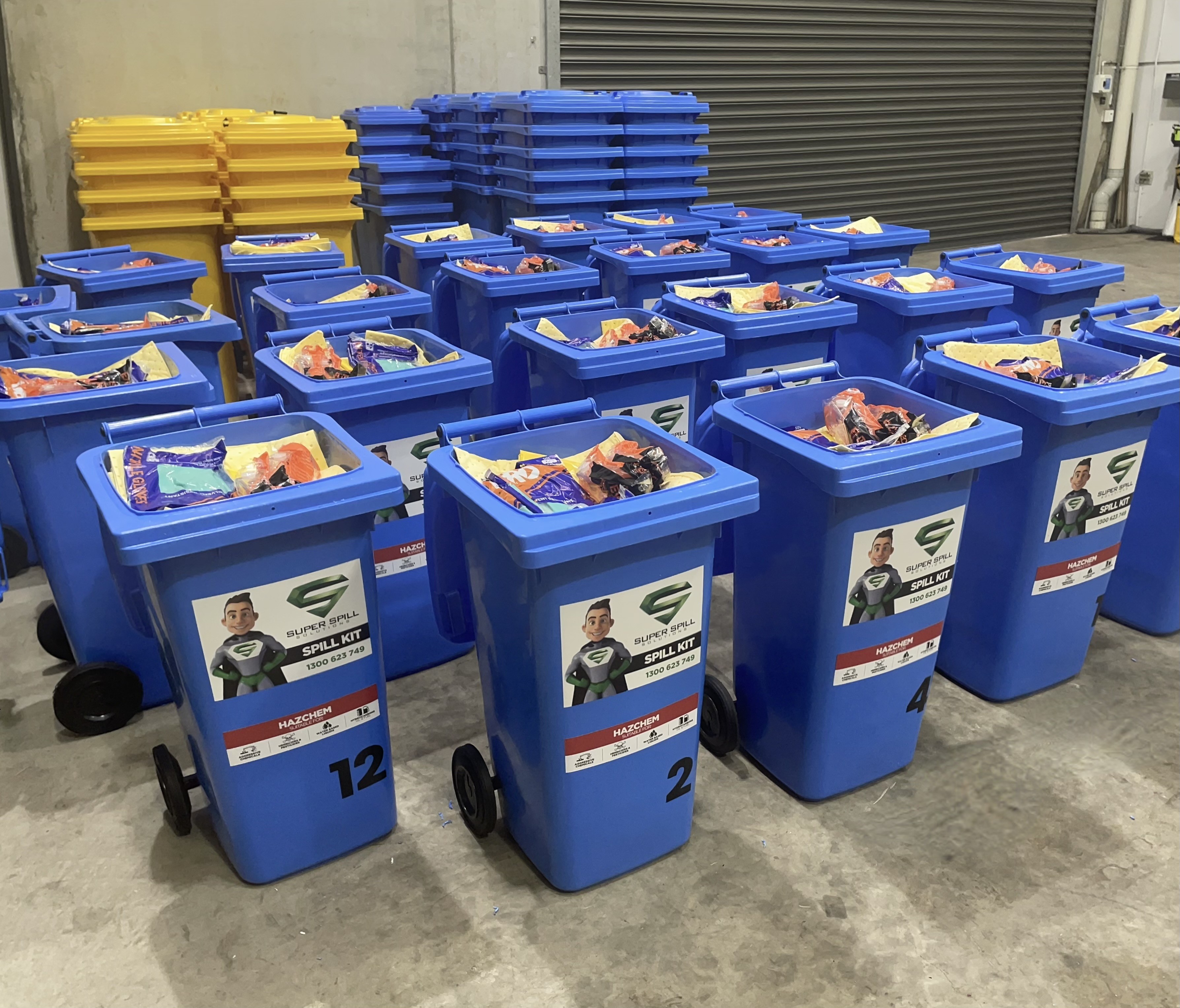

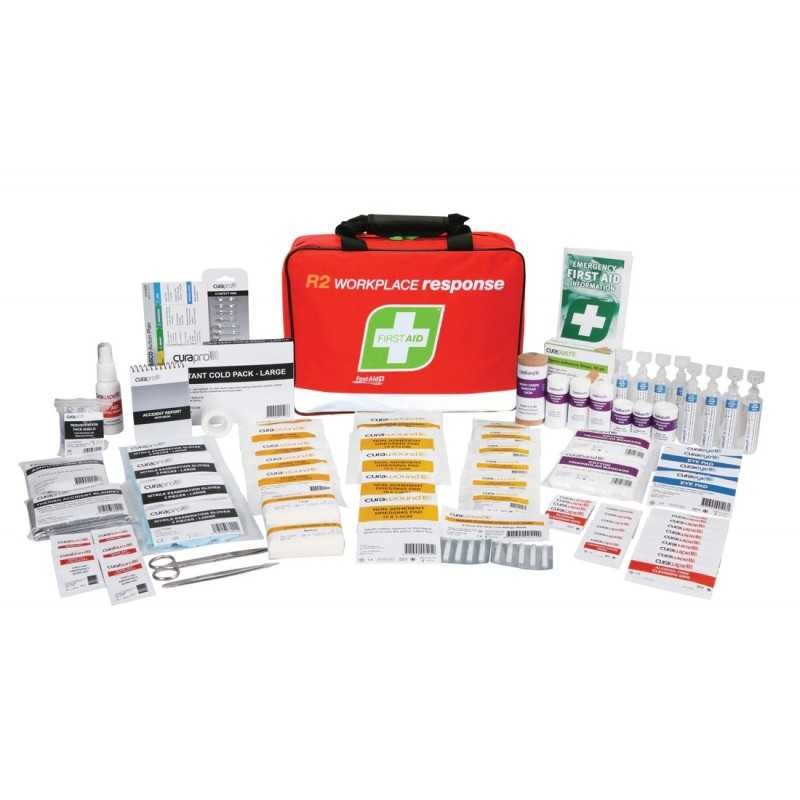
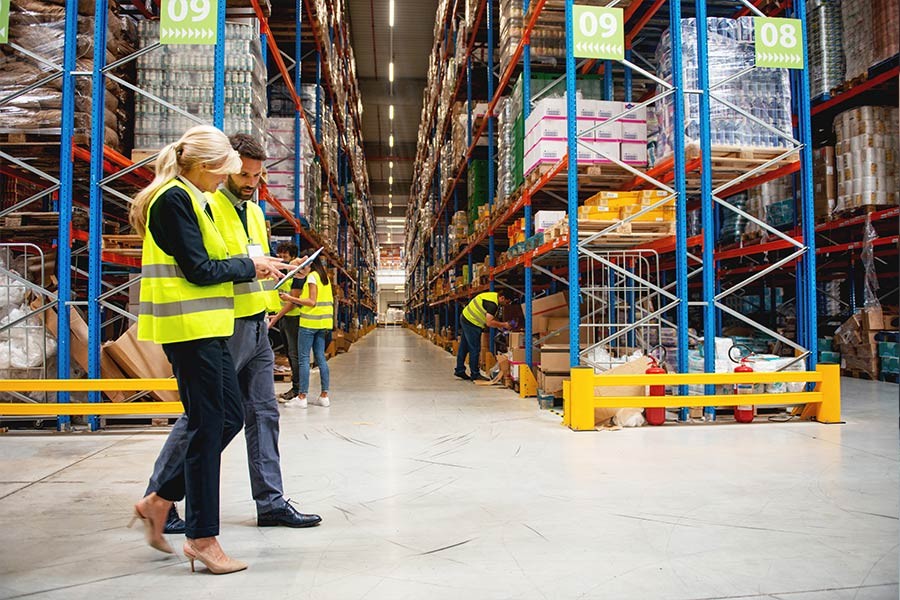
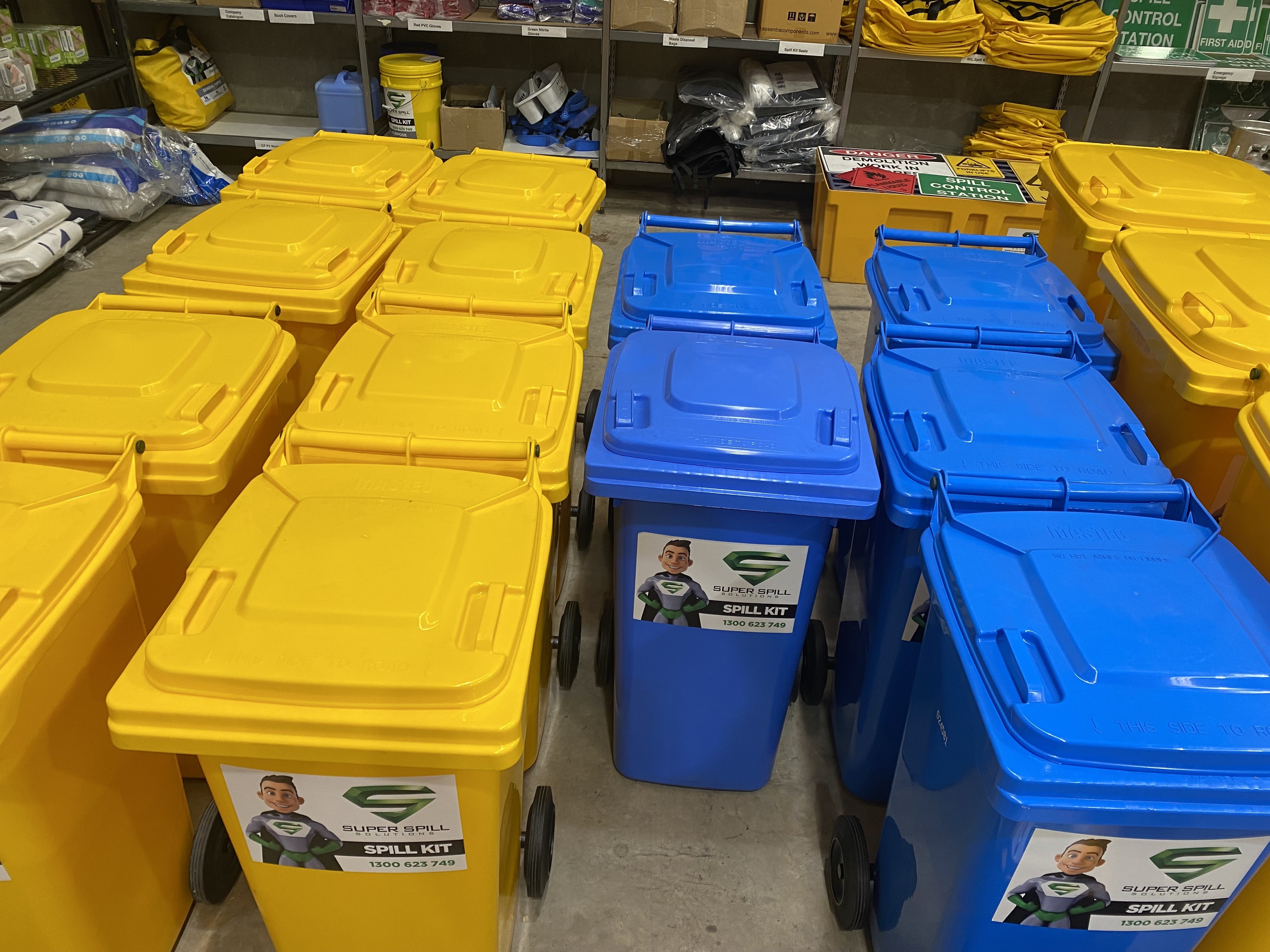
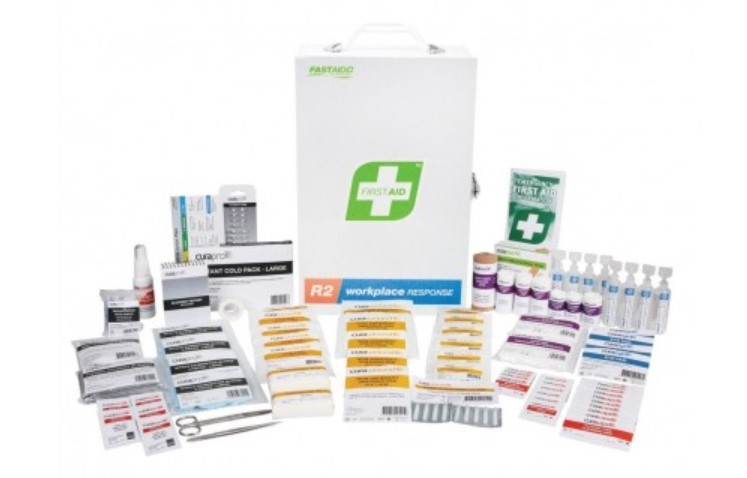
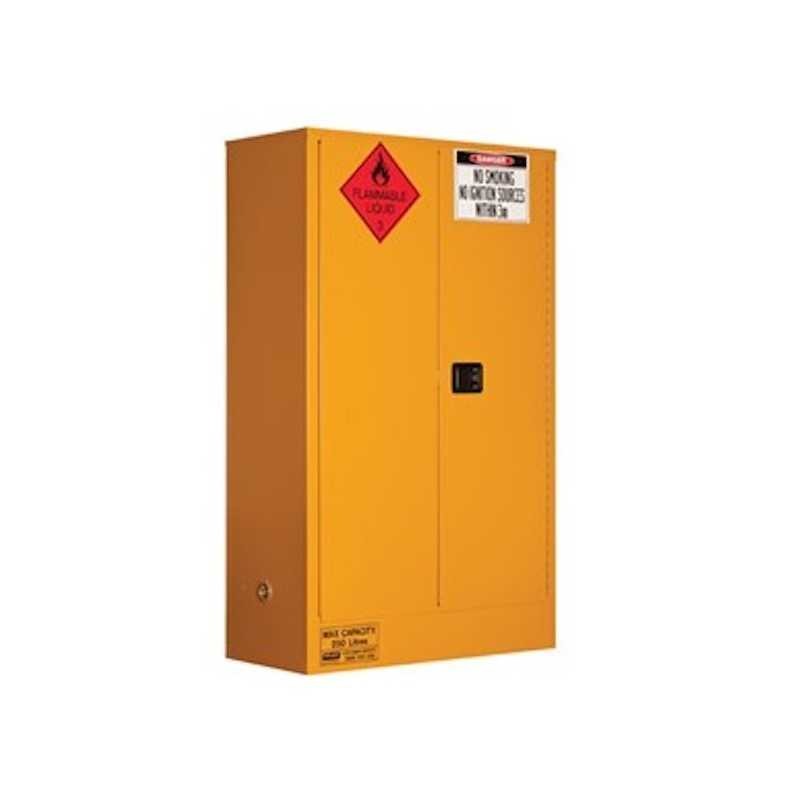

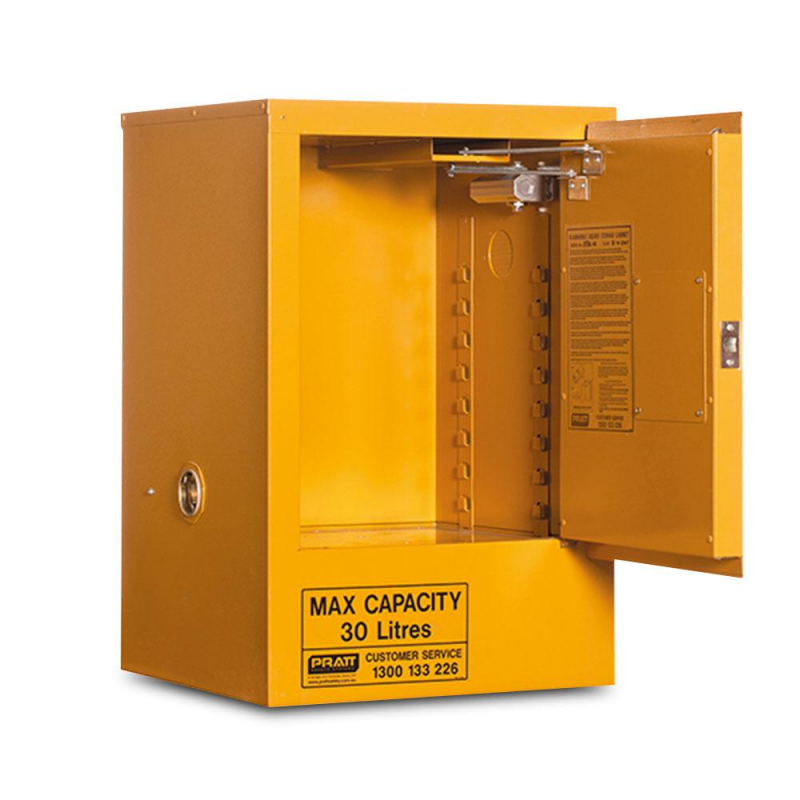

Leave a comment